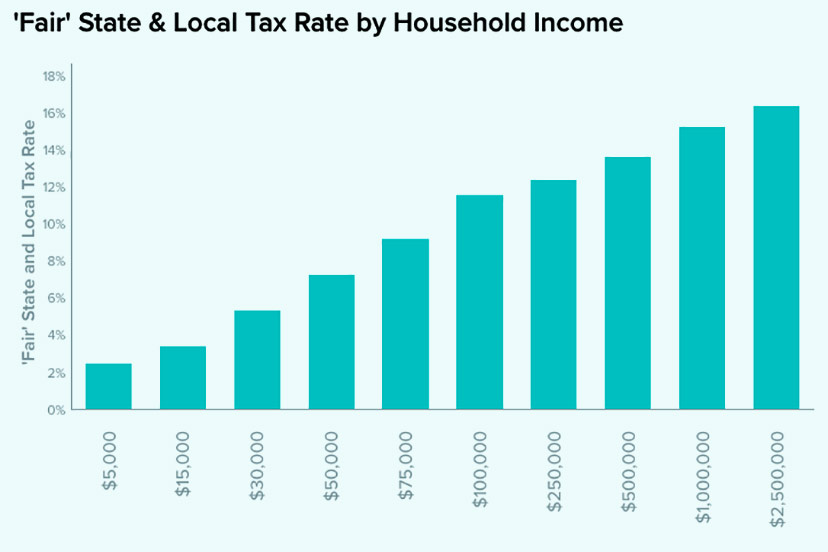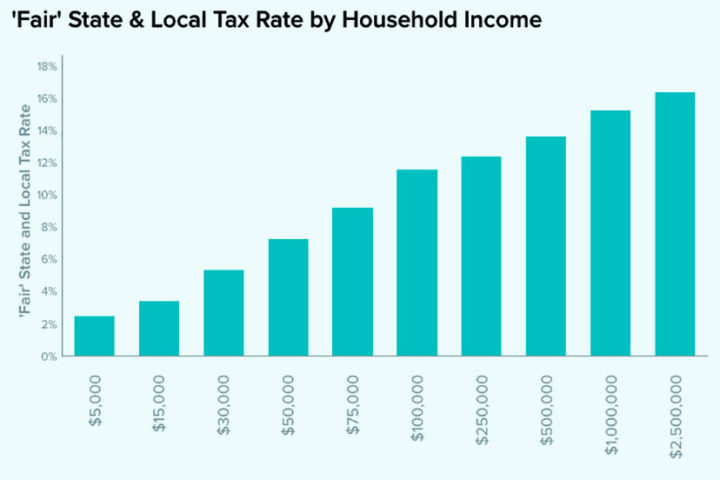We can probably understand why four of the seven council members, serving on the Pagosa Springs Town Council, voted to support a $6.5 million sales tax increase ballot measure proposed by the Archuleta County government.
The primary job of the Town Council is spending money — taxpayer money — on services and projects they believe the taxpayers need or want. It becomes progressively easier to meet those needs and wants as the taxes increase, relative to the cost of providing services. It can mean more employees, and better paid employees, and also bigger capital projects.
Supporting a ballot measure for the November ballot is much safer than simply raising fees, because when a tax increase goes before the voters, the taxpayers can say “Yes” or “No”. By putting the question on the ballot, local governments can get a fairly accurate sense of how the voters truly feel, when the rubber meets the road.
Also, because we live in Colorado, any tax increase must be approved by the voters.
The taxpayers, however, don’t always understand the issues fully. We are busy trying to survive, and may not have spent much time researching — for example — the impacts of a $6.5 million sales tax increase on middle-income and low-income families. (We don’t need to worry too much about high-income families, because, by definition, they have more money than they know what to do with.)
A colleague called me yesterday, wondering why I refer to this sales tax increase as “$6.5 million” when it is, in fact, a much higher amount. $6.5 million is merely the first year’s increase. The increase, as described in the ballot language, will last forever.
Over the next decade, the added tax burden will amount to more like $70-$90 million. According to my pocket calculator, and based on an Archuleta County population of about 6,100 full-time households, that would amount to about $13,000 per household, in additional taxes, between now and 2032. That’s on top of the $25,000 per household to which we’re already obligated to pay, based on the existing 4% County/Town sales tax. So maybe $38,000 in sales tax on average, per household?
The voters also might not be aware that the County/Town sales tax collections, from the existing 4% sales tax, increased by 75% between 2018 and 2022, from $10.2 million to $17.6 million.
The subject of my research, yesterday, was “How do sales tax increases impact middle-income and low-income families?”
Different analysts have different opinions on that question, and the difference of opinion may have more to do with political outlook than with actual facts. I found general agreement that sales taxes are ‘regressive’ — they hit lower income households harder than high income families. The disagreement is about whether the difference is important.
Here’s a simple comparison from the AccurateTax.com website, from their discussion about regressive taxes:
The 6% sales tax illustrated above is close to the 6.9% sales tax we pay here in Archuleta County. (And that we pay when buying things online.)
As we see, the impact of a 6% sales tax on Mary Scott’s household budget — relative to percentage of earning — is 5 times the burden experienced by Julie Neil. Both pay the same amount of tax, but they feel the pinch differently. And the higher the sales tax, the bigger the difference.
We will note that Mary Scott probably does not work here in Pagosa Springs. Colorado’s minimum wage of $12.56 means that Mary Scott, working a full-time job in Pagosa and earning minimum wage, makes about $500 a week. (We might assume Mary Scott works in Utah, where the minimum wages is $7.25 an hour.)
Meanwhile, here in Pagosa, Julie Neil might be a first-year Assistant Principal at Pagosa Springs High School, earning $78,000 per year. (And where her annual salary will increase by $1000 each year.)
According to a WalletHub survey in 2016, most Americans favor a “fair” tax system… a system where poor families carry less of the tax burden, and wealthy families carry a larger burden.
Here’s what, on average, the 1,050 surveyed respondents felt was a “fair” tax burden (state and local taxes) based on the household income:
We have a fair number of ‘middle-income’ folks here in Pagosa Springs — $50,000 to $75,000 — and many of them work for our local governments.
Generally speaking, the ‘lower-income’ workers are employed by our private businesses. Many additional lower-income families are retirees on fixed incomes.
How many families and individuals are ‘lower-income’?
The non-profit housing organization, Pagosa Housing Partners, ran a survey of Archuleta County workers in 2021, in cooperation with the Town of Pagosa Springs. Of the 450 workers who responded to the survey, about 46% of them — nearly half — survive with a household income of less than $38,000 per year.
According to the Colorado Housing and Finance Administration (CHFA), a household income of $38,000 a year puts an individual at 70% of the Area Median Income; it puts a family of four at 50% of Area Median Income.
Almost two-thirds of the respondents (62%) earn less than $50,000 a year.
We have about 6,100 households in Archuleta County. Theoretically, the perfect “Area Median Family” would have an income higher than 3,050 of those households, and less than 3,050 of those households. The family in the middle. CHFA has calculated that “the median family” has an income of about $58,800 per year.
But according to the PHP survey, 46% of working households make less than $38,000.
This implies one of two things. Either the CHFA numbers are way off base…. or we have a large number of retiree households that bring in more than $58,800 per year… because according to the PHP survey, about 77% of working households earn less than CHFA’s “Area Median Income” of $58,800 per year.
It also implies that nearly half of the workers in Archuleta County live in “lower-income” households, and another 30% are “middle income” households.
Do we want a a functioning economy, where businesses are able to retain workers? Would a regressive $6.5 million sales tax increase help the situation?
Something for the voters to consider.
Because there are other types of taxes that might be more “fair”.



